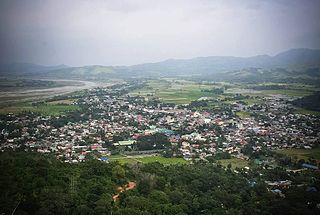
Bambang, officially the Municipality of Bambang, is a 1st class municipality in the province of Nueva Vizcaya, Philippines. According to the 2020 censusus, it has a population of 55,789 people.

Palanan, officially the Municipality of Palanan, is a 1st class municipality in the province of Isabela, Philippines. It also served as the final capital of the First Philippine Republic from 1900 until the capture of President Emilio Aguinaldo by the Americans during the Philippine-American War in 1901. According to the 2020 census, it has a population of 17,684 people.

Lasam, officially the Municipality of Lasam, is a third class municipality in the province of Cagayan, Philippines. According to the 2020 census, it has a population of 41,225 people.

Cabatuan, officially the Municipality of Cabatuan, is a 3rd class municipality in the province of Isabela, Philippines. According to the 2020 census, it has a population of 39,990 people.

Cordon, officially the Municipality of Cordon, is a 2nd class municipality in the province of Isabela, Philippines. According to the 2020 census, it has a population of 46,477 people.

Delfin Albano, officially the Municipality of Delfin Albano, is a 4th class municipality in the province of Isabela, Philippines. According to the 2020 census, it has a population of 29,928 people.

Naguilian, officially the Municipality of Naguilian, is a 4th class municipality in the province of Isabela, Philippines. According to the 2020 census, it has a population of 33,788 people.

Ramon, officially the Municipality of Ramon, is a 2nd class municipality in the province of Isabela, Philippines. According to the 2020 census, it has a population of 56,523 people.

Alfonso Castañeda, officially the Municipality of Alfonso Castañeda, is a 1st class municipality in the province of Nueva Vizcaya, Philippines. According to the 2020 census, it has a population of 8,539 people.

Ambaguio, officially the Municipality of Ambaguio, is a 5th class municipality in the province of Nueva Vizcaya, Philippines. According to the 2020 census, it has a population of 15,472 people.
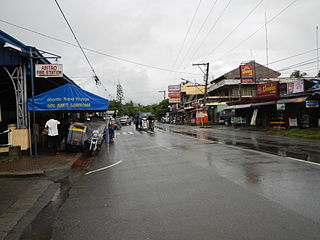
Aritao, officially the Municipality of Aritao, is a 2nd class municipality in the province of Nueva Vizcaya, Philippines. According to the 2020 census, it has a population of 42,197 people.

Bayombong, officially the Municipality of Bayombong, is a 1st class municipality and capital of the province of Nueva Vizcaya, Philippines. According to the 2020 census, it has a population of 67,714 people.

Diadi, officially the Municipality of Diadi, is a 4th class municipality in the province of Nueva Vizcaya, Philippines. According to the 2020 census, it has a population of 19,236 people.
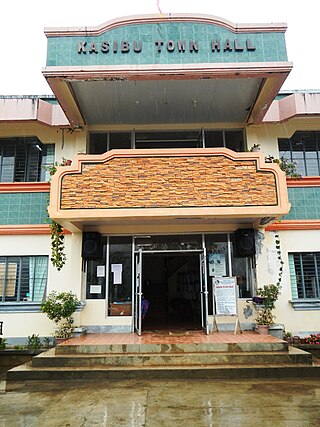
Kasibu, officially the Municipality of Kasibu, is a 3rd class municipality in the province of Nueva Vizcaya, Philippines. According to the 2020 census, it has a population of 41,776 people.
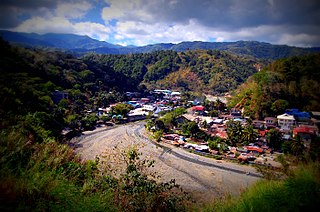
Santa Fe, officially the Municipality of Santa Fe, is a 3rd class, landlocked municipality in the province of Nueva Vizcaya, Philippines. According to the 2020 census, it has a population of 18,276 people.

Villaverde, officially the Municipality of Villaverde, also spelled as Villa Verde, is a 5th class municipality in the province of Nueva Vizcaya, Philippines. According to the 2020 census, it has a population of 20,118 people.
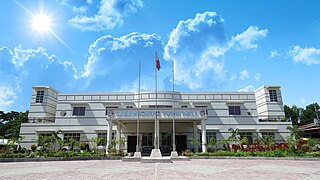
Cabarroguis, officially the Municipality of Cabarroguis, is a 3rd class municipality and capital of the province of Quirino, Philippines. According to the 2020 census, it has a population of 33,533 people.

Diffun, officially the Municipality of Diffun, is a 2nd class municipality in the province of Quirino, Philippines. According to the 2020 census, it has a population of 56,102 people.
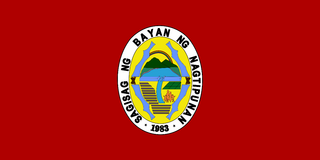
Nagtipunan, officially the Municipality of Nagtipunan, is a 1st class municipality in the province of Quirino, Philippines. According to the 2020 census, it has a population of 25,399 people. Nagtipunan is the largest town in terms of land area in Quirino and the entire Luzon island.
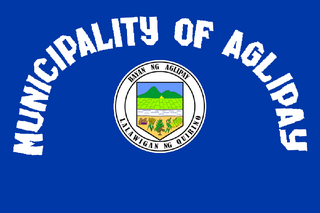
Aglipay, officially the Municipality of Aglipay, is a 3rd class municipality in the province of Quirino, Philippines. According to the 2020 census, it has a population of 30,714 people.
























